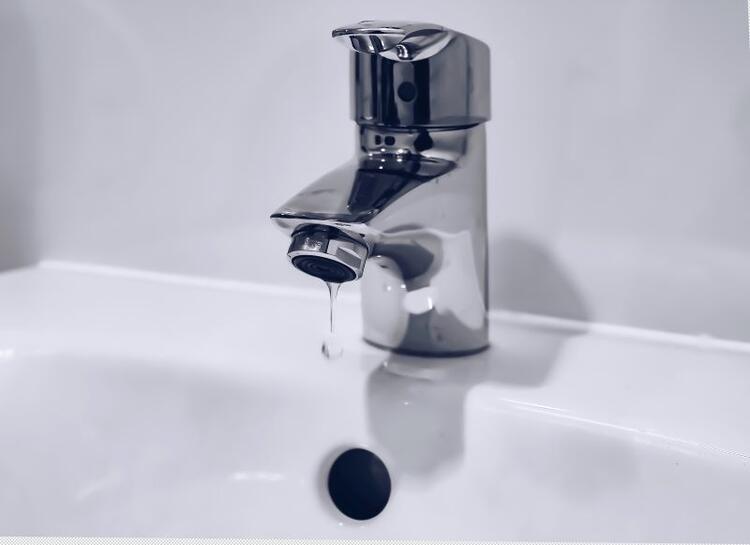WATER

Managing water is a central part of responsible property management. Water consumption incurs financial cost, and greenhouse gas emissions associated with water processing activities can also be considered as part of corporate net-zero commitments.
Managing water involves understanding the way in which water is used within a property, and how water consumption can be reduced. It is also important to consider the potential to utilise water from sustainable sources.
Download checklist: ‘Water’
Checklist
Review environmental policies and objectives
A company’s environmental policy and objectives should set out its intentions in relation to water management.
Environmental policies and objectives provide a reference point for property managers when considering water management at the property level. Reviewing this information can inform and guide the development of water management plans and associated funding strategies.
Incorporate water data within property registers
A range of information, for example, design ratings, building and plant specifications, and recommendations from water audits should be collated and incorporated within a property’s asset and other registers.
Specific consideration should be given to the inclusion of water from sustainable sources.
Undertake a leak inspection programme
Leak detection and remediation offers considerable financial savings. A leak inspection process should be implemented, including frequency of inspections and responsibilities.
In many buildings, water is only used during normal working hours. A good way to check for leaks and unnecessary water use is to check water meters at the start and end of the period when the building is unoccupied.
Identify metering and billing arrangements
Determining the arrangements for water metering and billing is an important element of water management. A Metering Plan should be developed to document metering arrangements for individual floors, units, common areas and critical services.
Improvement opportunities should be considered, for example, the installation of local and advanced meters and the inclusion of automated meter readings within property or portfolio level monitoring systems.
Undertake a water audit
A water audit details the sources and quantities of water consumption at a property and the effectiveness of water management strategies. The audit should identify water management improvement opportunities, along with associated cost savings.
Benchmark water consumption and set targets
Available data can be used to benchmark a property’s water performance. This can be done by establishing water use via sub-meters, individual plant, and comparing this against industry benchmarks to inform future water improvements.
Water performance targets, informed by the findings from water benchmarking and audit activities, should be developed for the property.
Water performance targets should be specific, measurable, achievable, realistic and time-bound, and may cover both water reduction and water efficiency.
Produce a water action plan
A Water Action Plan requires collaboration between asset managers, property managers, facilities managers and occupiers. The plan should document water management arrangements, the actions that will contribute towards achieving the property’s water targets and the monitoring and maintenance arrangement associated with assets.
The plan should be reviewed at least annually as a collective exercise by all stakeholders. Site Water Action Plans can also be combined at the portfolio level to inform strategic improvements.
Prepare a monitoring and maintenance strategy
A monitoring strategy should be prepared to track performance against Water Action Plans and water performance targets. This will enable review and continual improvement of performance, and contribute information for stakeholders’ sustainability reporting initiatives.
The maintenance strategy should be prepared to identify maintenance requirements for water related assets, including information relating to newly installed or modified equipment. Specific consideration should be given to the maintenance of assets related to water from sustainable sources.
Agree how to fund improvements
Based on the ongoing review of a Water Action Plan and progress towards water performance targets, property managers should engage asset managers and occupiers to discuss how future energy improvement initiatives can be funded.
Specific consideration will be required to consider the sourcing of water from sustainable sources.
These discussions may be informed by the outcomes from water benchmarking and audit activities, and could be guided by the high level intend set out with the asset manager’s corporate environmental and water policies and objectives.
GUIDANCE NOTES
-

Guidance Note 4.10
Maintaining sustainable energy and water assets -

Guidance Note 4.4
Advanced Metering -

Guidance Note 4.8
Template Action Plan -

Guidance Note 5.1
Leak Inspections -

Guidance Note 5.2
Undertaking a Water Audit -

Guidance Note 5.3
Benchmarking Water Use and Setting Targets -

Guidance Note 5.4
Water Efficiency Opportunities